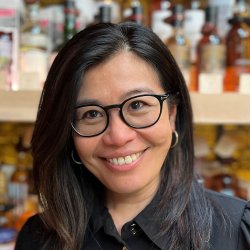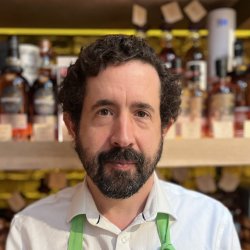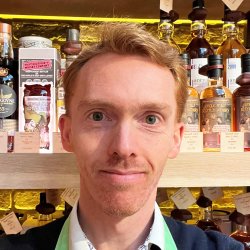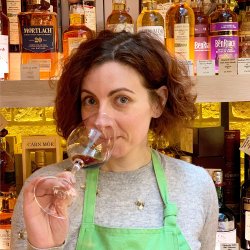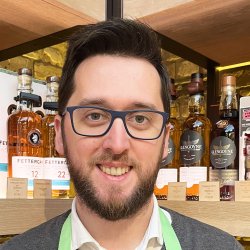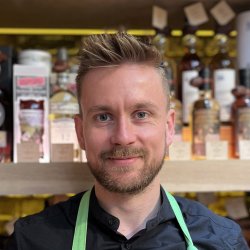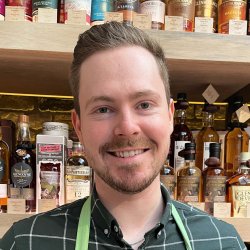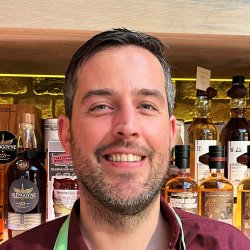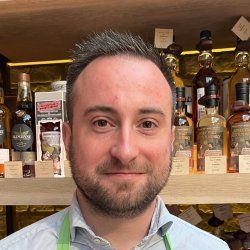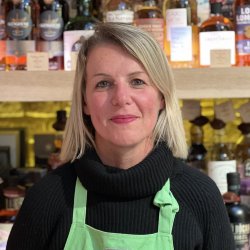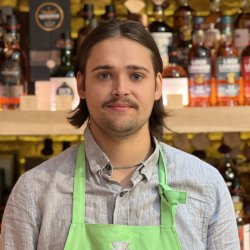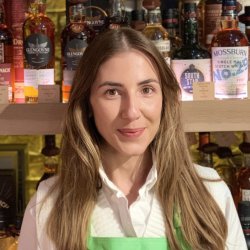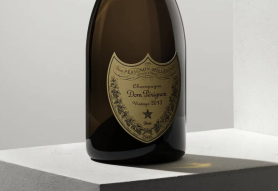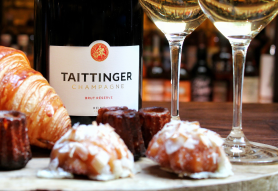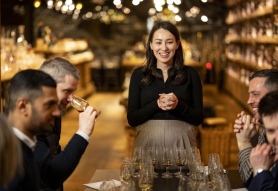The Prestigious History of Château d’Yquem
Located in the heart of the Sauternes appellation on Bordeaux's Left Bank, Château d’Yquem is the most prestigious producer of noble sweet wines in the world. Surrounded by the châteaux of Guiraud, Rieussec, Suduiraut and Raymond Lafon, it is the only Bordeaux estate to be granted with the status of 'Premier Cru Supérieur' in the Bordeaux Wine Official Classification of 1855.
The estate was constructed by the Duke of Aquitaine in the Middle Ages as a fortified farm. In 1593 the estate was purchased by local nobleman Jacques de Sauvage, who built the château that exists to this day. His descendant, Françoise-Joséphine de Sauvage, the Countess of Lur-Salus (1768-1851), decided to dedicate the property to winemaking, putting in place the structures which exist to this day. In 1826 she built a wine cellar and introduced the process of ageing wine in the barrels at the vineyard – this was at a time when most growers sent their wine to be aged in the cellars of wine merchants in the city of Bordeaux.
The defining moment for Yquem came in 1847, when the property became the first in Sauternes to deliberately focus on producing sweet wines. Prior to this, Sauternes produced a drier style of wine. In 1785, the estate became the property of the Lur-Saluces family through the marriage of Françoise-Joséphine to Count Louis-Amédée de Lur-Saluces. From the end of the 18th to the 20th century, the Lur-Saluces family established an impressive range of classified crus across the Bordeaux region, with Yquem the most prestigious of all. In the late 20th century, Yquem’s superiority was cemented by Alexandre Lur-Saluces. He guided the estate over a period of three decades, producing a number of historic vintages. Alexandre Lur-Saluces stood down in 2004, bringing 200 years of family winemaking history to an end. The property is now under the stewardship of Pierre Lurton (also the managing director of the Right Bank icon Cheval Blanc) and winemaker Lorenzo Pasquini.
Exploring the Unique Terroir of Sauternes and Château d’Yquem
With its 113ha of vineyards planted to Semillon (the majority) and Sauvignon Blanc, Château d’Yquem is situated at Sauterne’s highest point, in the commune of Sauternes-Barsac. Barsac itself lies in the furthest point south of all Bordeaux appellations. Here a special microclimate exists – over the course of the year offering the perfect combination of sunshine, mist and rain – which encourages the development of botrytis cinerea, or noble rot fungus. This is the magical ingredient which shrivels and dehydrates grape berries, concentrating their sugars, which give Sauternes wines their uniquely captivating sweetness and complexity.
The Art of Noble Rot
As it develops, noble rot effects a profound transformation in grapes – ultimately changing the biochemical composition of the entire grape. In doing so I creates a very distinctive flavour, with characteristics such as dried apricot, peach, honey, caramel and quince. Noble rot also favours the production of glycerol, which enhances the texture and silky mouthfeel of wines made from grapes infected with the fungus, which prefer to feed off glucose, leaving the sweeter-tasting fructose behind.
At Château d’Yquem, vineyards are meticulously managed to encourage the development of noble rot, with strict pruning to control yields and careful canopy management to allow the aeration of the grape bunches – a crucial factor in its development. Harvests at the estate can involve up to 200 workers, who may pass through the vineyard five or six times (sometimes picking berry by berry) to pick only those berries that have been infected with the fungus.
Aging and Flavor: The Mastery Behind Château d’Yquem Wines
In terms of winemaking, a slow fermentation with indigenous yeasts takes place in 100% new oak. Batches of grapes will be vinified separately by vineyard plot and grape variety. The grapes are gently pressed three or more times, with each press producing a must of increasingly sugar concentration and potential alcohol (typically Sauternes wines are 13.5%-14% alcohol with 120-150g/l of residual sugar). After fermentation, the wine is left to mature in new oak barrels for up to three years before release.
Château d’Yquem's Legacy: Investing in Liquid Gold
While Yquem Sauternes are characterised by an exotic, honeyed, fruity richness in their youth, they become more savoury and complex as they age. Indeed, ageability is one of the defining characteristics of Yquem wines. It is their special combination of high sugar and balancing acidity which give them the ability to mature for many decades – even for more than a century. The truly exceptional ageworthiness of Yquem was vividly illustrated in 2006 when a 135-year vertical – containing every vintage from 1860 to 2003 – was sold by The Antique Wine Company in London. The price reached for this unprecedented vertical was $1.5 million – a figure which surely confirms Château d’Yquem’s unmatched prestige in the wine world.
